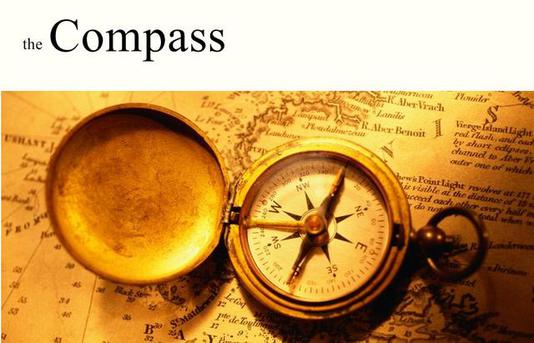Finding Our Way: Identifying & Listening to Emotions
by Clinicians at Ganey Counseling on 11/04/14
 I’m
not a person to find myself spending much time watching television;
however, one of my favorite commercials is the “Geico Drill Sergeant
Therapist.” It is so far from an accurate reflection of counseling that
it always makes me laugh. It is quite counter to the stereotypical
counselor asking, “So how does that make you feel?” Though feelings are
not the only thing discussed in counseling they do often tend to become
central to the work of healing and transformation. This is because our
emotions are intricately interwoven with our desires, cognitions, and
behaviors. Some individuals come to counseling fully prepared to dive
into their emotions and discuss them. Other individuals, however, tend
to be more like the drill sergeant. They tell themselves they can’t cry
and try to push their emotions away as if they were the enemy. Our
emotions are not meant to rule our lives but they’re also not meant to
be ignored. As with most things in life, it all comes back to developing
a balance.
I’m
not a person to find myself spending much time watching television;
however, one of my favorite commercials is the “Geico Drill Sergeant
Therapist.” It is so far from an accurate reflection of counseling that
it always makes me laugh. It is quite counter to the stereotypical
counselor asking, “So how does that make you feel?” Though feelings are
not the only thing discussed in counseling they do often tend to become
central to the work of healing and transformation. This is because our
emotions are intricately interwoven with our desires, cognitions, and
behaviors. Some individuals come to counseling fully prepared to dive
into their emotions and discuss them. Other individuals, however, tend
to be more like the drill sergeant. They tell themselves they can’t cry
and try to push their emotions away as if they were the enemy. Our
emotions are not meant to rule our lives but they’re also not meant to
be ignored. As with most things in life, it all comes back to developing
a balance.The first step in being emotionally healthy is being able to identify your emotions.
When you talk to a young child about how they feel they’ll usually be able to tell you whether they’re mad, glad, sad, or afraid. They don’t often have the vocabulary or understanding to express much more
that that. Sometimes this is true of us as adults as well. We
experience things going on internally but we struggle to identify or
express exactly what it is. We’re left feeling emotionally overwhelmed
or confused.
more
that that. Sometimes this is true of us as adults as well. We
experience things going on internally but we struggle to identify or
express exactly what it is. We’re left feeling emotionally overwhelmed
or confused. We need to build up our emotional vocabulary. One resource that I have found helpful is the feeling wheel. Listed at the center of the wheel are the basic emotions we tend to think of first: sad, mad, scared, peaceful, powerful, and joyful. As you fan out further in the wheel the emotion words become more specific. The feeling wheel can be helpful in identifying our emotions but also in identifying the basic emotion tied to it. For example, if someone is feeling jealous, they can look on the wheel to see that jealousy actually falls into the category of being mad. I find it quite fascinating that a person can seem so overwhelmed and unable to express what they are feeling but once they look at the feeling wheel it’s as if the words jump off the page and things begin to make sense.
The second step in being emotionally healthy is to begin to listen and respond appropriately to your emotions.
There is little purpose in identifying our emotions if we are not going to pay attention to them. Our emotions were created to serve as an internal alarm system that alerts us to things going on within us and around us. When we are feeling happy or peaceful we know that all is well and good around us. This is a time to enjoy the moment and give thanks. When we feel sad it may communicate that we’ve experienced a loss we need to grieve. When we feel mad it may be that someone is hurting us and we need to stand up for ourselves or move away from what is harming us. When we feel guilty, we can respond by taking ownership of what we have done wrong; seek forgiveness and repentance. It is important to recognize that there are no good or bad emotions. While some emotions may feel less pleasant than others all of our emotions are good because all of them are communicating important things about our internal and external experiences. Once we identify what we are feeling and the significance of it we need to listen to our emotions by choosing to appropriately respond.Identifying and responding to our emotions is sometimes the first step in identifying where we are and where we want to go. Take a look at the feeling wheel. What are you feeling this very moment? See if you can gain some clarity by specifically identifying what you are feeling. Next, consider if there is something you need to do in response to what you are feeling.
What if you experience your feelings as being out of control? What if you consistently hear that you are overreacting? Do you act solely on your emotions and find that it causes more problems? We will further explore these possibilities and what can be learned from them in the next blog. Be sure to follow along!
Submitted by: Sarah E. White, MS
Comments (0)

